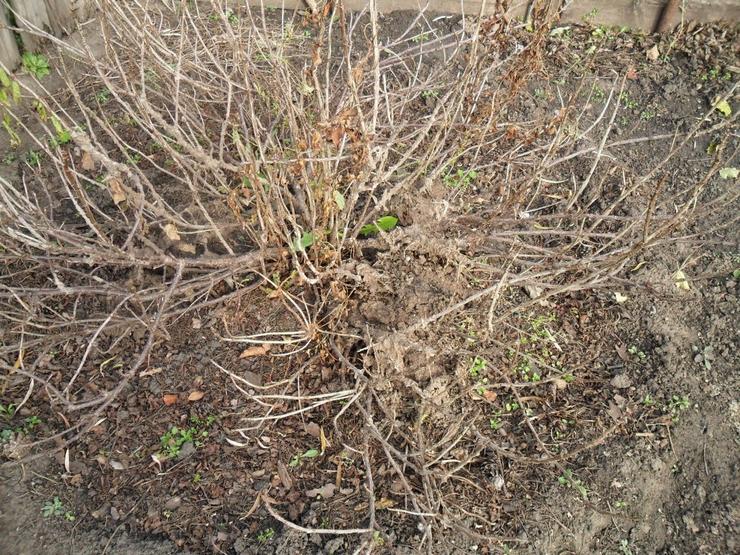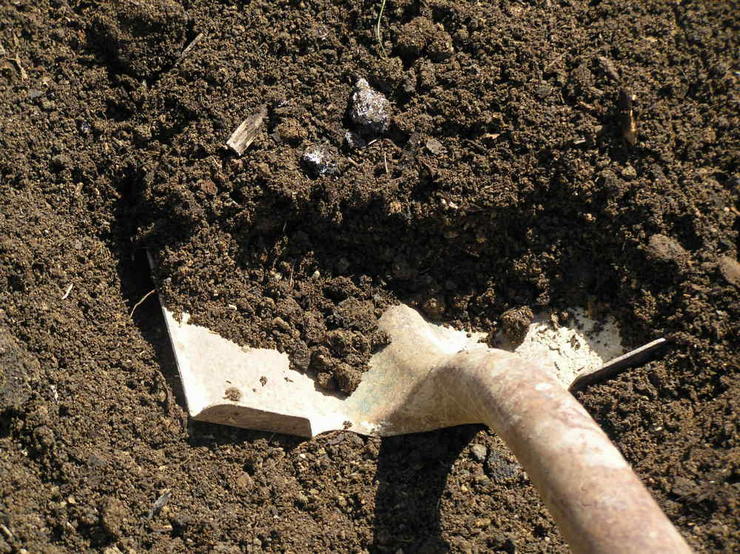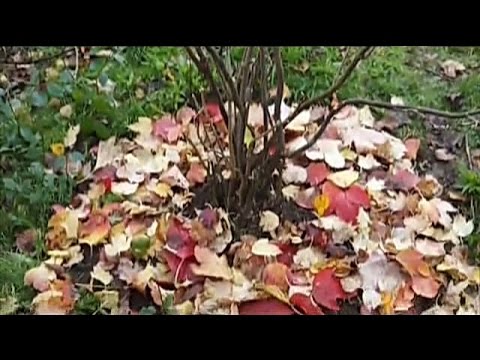Currant is a perennial berry shrub plant that can be found in every summer cottage or in the garden. Both old and small know about the benefits and healing properties of these berries. The culture is very popular among gardeners for its ability to withstand frosty winters and grow in almost any soil. The plant is unpretentious in care, does not require special attention and a lot of time to maintain. With regular watering, top dressing and soil care, currants are able to bear fruit and bring large and high-quality harvests on average within one and a half to two decades. Under favorable conditions, some varieties grow up to two meters in height and give a whole vitamin pantry of berries.
Due to its unpretentiousness, the berry culture will lay a certain number of fruit buds even without proper care and give some kind of minimum yield. If you leave the growth and development of berry bushes to chance, then in the end the annual yields will become less and less, and the taste characteristics of the fruits will be at the lowest level. As a result, fruiting will stop after a few years, and the shrub will have to be uprooted. To prevent this from happening, it is necessary to take care of the currant bushes in the autumn and take timely preparatory measures for a favorable wintering of plants.
Autumn pruning of currant bushes
Pruning is recommended after leaf fall. Trimble:
- Broken and damaged branches.
- Sick branches.
- Blackened branches over 5 years of age.
- Root annual shoots (3-4 strongest zero shoots are left).
- The tops of the remaining zero shoots.
- Shoots growing towards the center.
- Branches without branching.
For this procedure, gardening shears or a sharp knife are usually used, as well as a hacksaw (for thick branches). Pruning is carried out every year in autumn and contributes to the full development of currant crops and an abundant harvest of berries.
Autumn tillage
The preparation of currant bushes for winter includes special soil cultivation under bushes, which must also be carried out after leaf fall. It is very important for berry crops that the soil is kept moist, and its air permeability only increases. Such conditions for plants can be created by loosening and digging the soil on the site, as well as by applying a mulch layer.
Digging the soil
It is recommended to dig up a land plot near currant bushes only if there is a lot of silt in the soil or the soil has become heavy and strongly compacted. On beds with light soil, loosening to a shallow depth will be enough.
Digging is also necessary to introduce various dressings into the soil. For example, in the autumn, these are fertilizing with potassium and phosphorus content, but not nitrogen-containing fertilizers. Organic fertilizing introduced in the autumn months also has a beneficial effect on berry plants..
Soil loosening
When carrying out the loosening procedure, you must be very careful not to damage the nearby roots of currant bushes. The fibrous root part of berry crops is located at a depth of ten to forty centimeters on average, and only some roots go deeper into the ground by one and a half meters. The main root system of berry plants is located horizontally, and individual roots grow in different directions from the shrub at a distance of 1.5 to 5 meters. It is because of this arrangement of the root system of currants that loosening is recommended to be carried out carefully so as not to accidentally hook on the thin parts of the roots.
The optimal loosening depth directly under the crop is 5-8 cm, behind the diameter of the currant crown – 10-15 cm.The most suitable tools for this procedure are hand soil rippers, rakes, hoes, hoes and garden forks.
Mulching currant beds
The third obligatory stage of the autumn tillage is its mulching. Such a useful protective layer with a thickness of about 10 cm consists only of fresh organic matter (the summer layer must be removed) – these are sawdust, food waste, seed husks, peat, compost, chopped straw. True, with straw, mice may appear, which are attracted by its aroma..
The mulching layer will warm the root system of currant bushes in severe frosts and help maintain the necessary soil moisture for a long period.
Soil cultivation in the form of digging and loosening helps to get rid of various pests that remain for wintering in the ground under currant bushes near the root part. In early spring, they can cause considerable damage to crops and leave gardeners without a crop. In order for uninvited guests not to come to the berry beds in early spring, it is necessary to get rid of the mulch that lay under the bushes all summer in the fall. It can be used for compost or simply dried and burned. But the tops left from the garlic should not be thrown away, but chopped and scattered near the bushes. It will scare off many pests from berry plantings..
If these autumn events are carried out regularly and in a timely manner, then the currants on the site will bring abundant harvests in every summer season..




